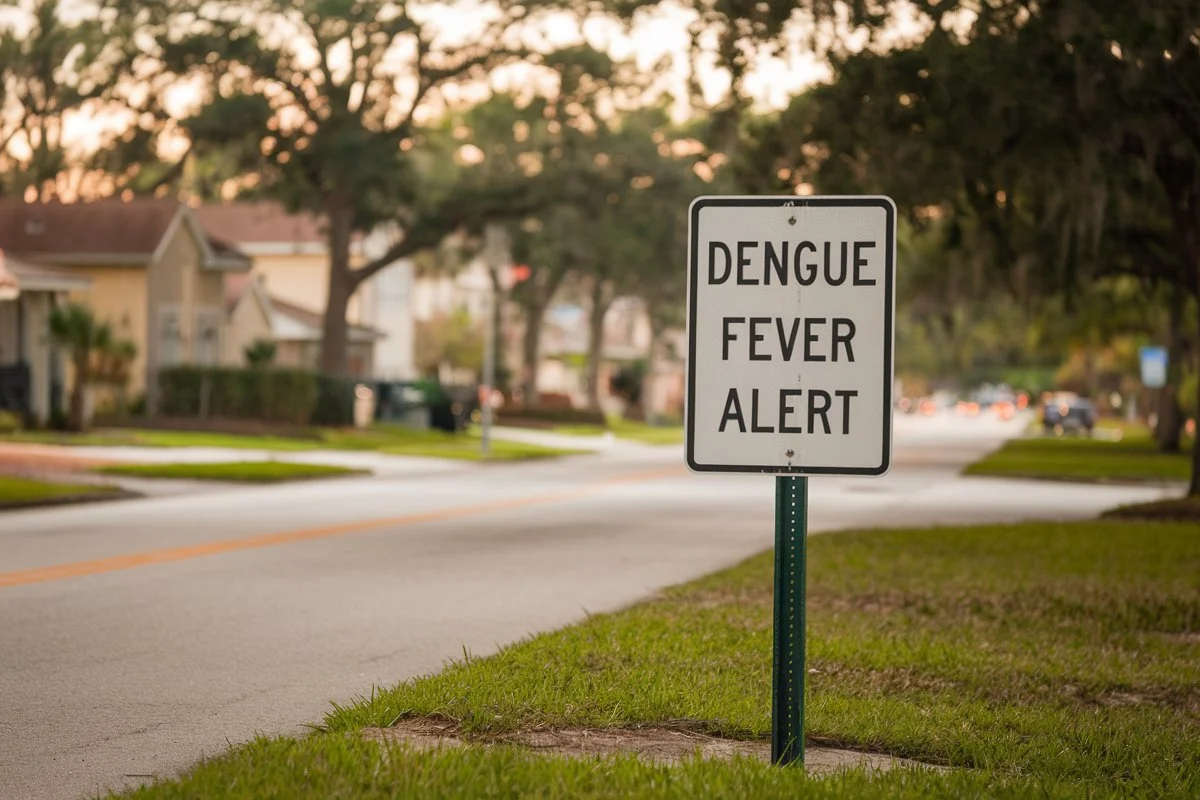Understanding Abnormality: Insights into Physical and Psychological Dimensions
The concept of Understanding Physical and Psychological Abnormality plays a crucial role in the fields of medicine and psychology. Whether it manifests physically or psychologically, identifying and understanding abnormalities is essential for diagnosing, treating, and managing conditions that disrupt a person’s well-being. This article delves into the definitions, causes, examples, and approaches to treating physical and psychological abnormalities, offering a holistic perspective on health and wellness.
What Is Abnormality?
In broad terms, abnormality refers to deviations from what is considered typical or standard. In health sciences, these deviations can occur:
- Physically: Structural or functional anomalies in the body.
- Psychologically: Behavioral, emotional, or cognitive patterns that deviate from the norm.
Understanding abnormalities requires consideration of cultural, social, and biological factors, as what is deemed “abnormal” may vary across contexts.
Physical Abnormalities
Physical abnormalities are deviations in the body’s structure or function. These can range from congenital conditions to those acquired later in life.
Examples of Physical Abnormalities
- Congenital Disorders: Birth defects like cleft palate, Down syndrome, or spina bifida.
- Chronic Conditions: Diseases like scoliosis, arthritis, or cardiovascular irregularities.
- Trauma-Induced Abnormalities: Fractures, burns, or deformities caused by accidents or injuries.
- Genetic Disorders: Conditions like cystic fibrosis or sickle cell anemia.
Causes of Physical Abnormalities
- Genetic Factors: Inherited mutations or chromosomal abnormalities.
- Environmental Influences: Exposure to harmful substances, poor nutrition, or infections during pregnancy.
- Trauma or Injury: Physical damage to the body.
- Lifestyle Factors: Poor habits like smoking or lack of exercise can lead to chronic abnormalities.
Treatment Approaches for Physical Abnormalities
- Medical Interventions: Surgery, medications, or physical therapy.
- Lifestyle Adjustments: Diet, exercise, and stress management.
- Assistive Devices: Prosthetics, orthotics, or mobility aids.
Psychological Abnormalities
Psychological abnormalities are patterns of behavior, emotion, or thought that disrupt a person’s mental health and daily functioning.
Examples of Psychological Abnormalities
- Mood Disorders: Depression, bipolar disorder.
- Anxiety Disorders: Generalized anxiety disorder, panic disorder, or phobias.
- Psychotic Disorders: Schizophrenia or delusional disorders.
- Personality Disorders: Borderline personality disorder, narcissistic personality disorder.
- Neurodevelopmental Disorders: Autism spectrum disorder, ADHD.
Causes of Psychological Abnormalities
- Biological Factors: Brain chemistry imbalances, genetic predispositions.
- Trauma and Stress: Childhood abuse, neglect, or significant life events.
- Environmental Influences: Social isolation, financial struggles, or exposure to violence.
- Cognitive Patterns: Negative thinking styles or maladaptive beliefs.
Treatment Approaches for Psychological Abnormalities
- Psychotherapy: Cognitive-behavioral therapy (CBT), psychodynamic therapy, or group therapy.
- Medications: Antidepressants, antipsychotics, or anti-anxiety drugs.
- Lifestyle Modifications: Mindfulness, exercise, and social engagement.
- Support Systems: Peer support groups, family counseling.
The Intersection of Physical and Psychological Abnormality
Physical and psychological abnormalities often intersect. For instance:
- A chronic illness like cancer can lead to depression or anxiety.
- Psychological stress can manifest as physical symptoms like headaches, gastrointestinal issues, or high blood pressure.
- Conditions like eating disorders involve both physical and psychological components.
Holistic Approaches to Treatment
Addressing these overlaps requires a multidisciplinary approach:
- Integrated Care: Collaboration between medical and mental health professionals.
- Psychosocial Support: Counseling for coping with the emotional toll of physical illness.
- Preventive Measures: Education on the mind-body connection.
Normal vs. Abnormal: A Dynamic Perspective
Defining “normal” and “abnormal” is complex, as these terms are often influenced by:
- Cultural Contexts: What is “normal” in one society may be “abnormal” in another.
- Individual Differences: Personal thresholds for physical or psychological distress vary.
- Evolving Standards: Advances in medicine and psychology continually redefine abnormality.
The key is to approach abnormality with empathy, recognizing it as part of human diversity rather than a label for exclusion.
FAQs
What are the main differences between physical and psychological abnormalities?
- Physical abnormalities are related to the body’s structure or function, while psychological abnormalities involve behavior, emotions, or cognition.
Can physical and psychological abnormalities coexist?
- Yes, they often influence each other. For example, chronic pain (physical) can lead to depression (psychological).
Are all abnormalities treatable?
- Many abnormalities can be managed or treated, though some may require lifelong coping strategies.
How is abnormality diagnosed?
- Physical abnormalities are diagnosed through medical tests like imaging or blood work. Psychological abnormalities are assessed through clinical evaluations and diagnostic criteria like the DSM-5.
What role does stigma play in psychological abnormality?
- Stigma can prevent individuals from seeking help, highlighting the need for awareness and acceptance.
How can family members support someone with abnormalities?
- Offering emotional support, encouraging treatment, and staying informed about the condition are key ways to help.
Conclusion
Understanding physical and psychological abnormality is crucial for fostering empathy, advancing treatment, and improving quality of life. By recognizing the complexities and intersections of these conditions, we can better support those affected while promoting a more inclusive society. Whether addressing physical impairments or mental health challenges, the goal is the same: holistic well-being and empowerment.











